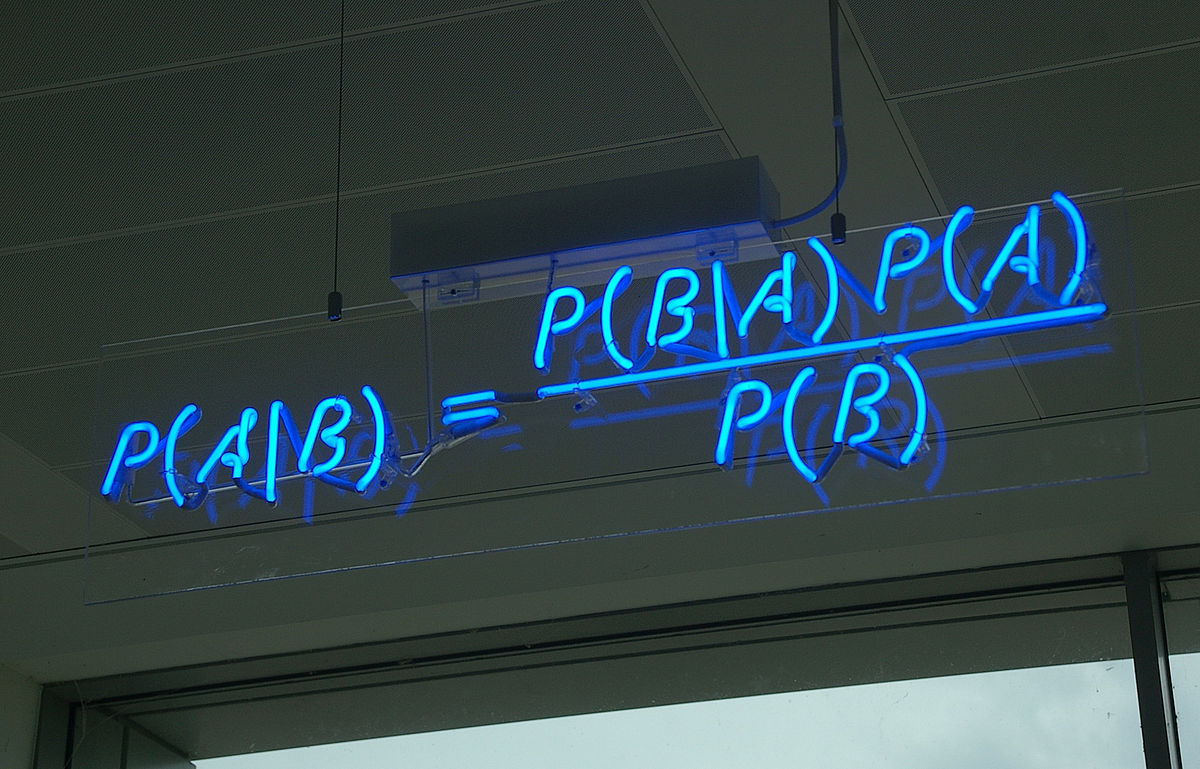
I took a break from playing Animal Crossing (albeit a short one) so that I could play with the new update to Super Mario Maker 2 (SMM2); the addition of SMB2, and its world creator. I’ve been looking for a new “short-ish” type project to work on while I take a break from other projects, and I wondered whether I could use some form of machine learning to generate levels for SMM2. Also, there’s always more room for learning, and this gave me an opportunity to re-brush up on RNNs (not having used them since I graduated), and work with VAEs.
There are some really awesome levels and I wanted to see if a “sticks and stones” ML model could do any better. Be warned that this method is guaranteed to take much longer than building a level manually. My ultimate goal is to create a “Kaizo” level.
For those who aren’t pro-gamers (like me), SMM2 is essentially an “infinite” Mario game. It has a story line, but its main draw is that players can create their very own levels, in many different styles of the game, using every possible element of the original games and more. This means there’s a lot of factors, features, and other variables to consider, especially across the different game styles; different {enemy, block, power-up, item, building} types. To make this project easier and less time consuming (also constraining it a little), I decided to focus solely on the SMW game style within SMM2.
My intention is to build a simple baseline model to generate levels, followed by a RNN \(\pm\) LSTM, and a VAE. Initially, I was going to dive straight into VAEs, as I’ve recently been studying them, however as I got more familiar with the problem and figured this would be a sequential text-based problem I’d be working on, that I’d first start with simple language models (LMs).
I’ve broken this post into a series as I anticipate it will otherwise be way too long to fit into one post. This first post, aptly named World 1-1, will focus on introduction, data collection/exploration, feature engineering, and building n-gram and Markov Chain LMs.
Also, some “preface” notes; 1) this is just a project worked on solely for a bit of fun and to learn stuff along the way. I have no real interest in PCG, meaning I didn’t spend too long researching the field, except skimming some papers, and so I probably am not making use of existing algorithms and/or methods present in PCG meaning some of my assumptions or paths are likely to be wrong; and 2) because these posts have the potential to be very long, I won’t be explaining things like how a RNN works in detail, instead I’ll assume the reader has some familiarity with the topics presented. The references section at the bottom of the page will contain a bibliography of papers + extra learning & reading materials.
Continue reading “kAIzo: LMs, RNNs, & VAEs for generating kaizo SMM2 levels – World 1-1 LMs”